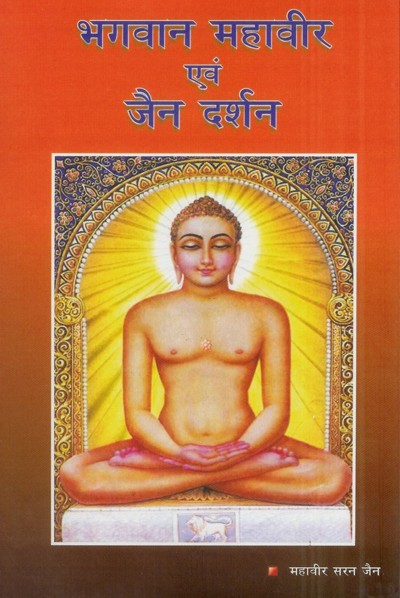The term ‘karma’ has specific meaning in context of the doctrine of karma in Jain philosophy. In reference with the soul, karma is known as the subtle materialistic substance stuck to the soul. It is conceived of as an extremely subtle matter, which infiltrates the soul-obscuring its natural, transparent and pure qualities. Karma is thought of as a kind of pollution. The concept of karma is concerned with the molecules that affect and defile the power of the soul.
According to Jain philosophy, when a living being is engaged in some activity, the action is taken by the body, speech or mind or some combinations of these agencies. These actions and accompanying passions induce vibrations in the soul. The vibrations and passions of the soul attract karmic dust or karmic particles or karmic varganas i.e. Pudgala and transform it into karmic body. In other words, as the Jīva engages in any type of bodily, mental or speech acts, karmic dust or karmic particles or karmic varganas rush towards him. Karmic dust or karmic particles or karmic varganas i.e. Pudgals, have the potentiality of becoming Karma matter of different types and of getting attached to the soul. Particular category of matter called Karma varganas, is absorbed by the contaminated material soul due to its activity and passions and is converted into Karma body (कार्मण-शरीर) just as an oil lamp absorbs oil and converts it into a flame due to its heat. It has been mentioned that it is the contaminated soul that absorbs Karma matter. The jīva always binds new karmas due to his inauspicious actions and consumes its fruits rotating in this world cycle:
संसार मावन्न परं परं ते, बंधंति वेदंति य दुन्नियाणि।
Saṁsāra māvanna paraṁ paraṁ te, baṅdhaṅti vedaṅti ya dunniyāṇi.
(Sutrakritanga, 1/7/4)
As a spider is caught in its knitted web due to its own tendency, similarly, this soul also is caught in his own knitted web of the karmic matter created by his habit of attachment and aversion. The jīva, defiled with the mode of attachment and aversion, attracts material particles. And due to this defiled mode of attachment and aversion the material karmic particles are get stuck to the conscious particles of the soul.
There are two forms of the karmas - bhāva karma and dravya karma. Dravya karma is a mass of physical particles and its inherent capacity is bhāva karma which is originated due to the attachment and aversion of the soul. In other words, the karmic matter, being attracted due to the attachment and aversion of the soul, is known to be bhāva karmas. And the karmic matters create deformation in the soul; they are known to be dravya karma.
It has been said that a living being is free in accumulating the karmas but once accumulated it is beyond its power to control their fruition. No outer circumstance or karma can affect pure soul. That does not go into intrinsic mode. Karmas affect only to embodied or mundane soul. In other words, the souls which are embodied and bound with karmas remain only in defiled mode. The cycle of death and birth goes on due to karmic bondage.
जो खलु संसारत्थो जीवो, तत्तो दु होदि परिणामो।
परिणामादो कम्मं, कम्मादो होदि गदिसु गदि।।
Jo khalu saṁsārattho jīvo, tatto du hodi pariṇāmo.
Pariṇāmādo kammaṁ, kammādo hodi gadisu gadi.
(Acharya Kunda: Panchastikaya, 128).
(The Jīva, who is worldly, becomes the subject of feeling like attachment and aversion; as a consequence, karma binds his soul; the bondage of karmas results in the cycles of births.)
गदिमधिगदस्स देहो, देहादो इंदियाणि जायंते।
तेहिं दु विसय गहणं, ततो रागो व दोसो वा।।
Gadimadhigadassa deho dehādo indiyāṇi jāyante.
Tehiṁ du visaya gahaṇaṁ tato rāgo va doso vā..
(As a result of birth, he gets a body; the bodycontains sense organs. It perceives its objects through them and it does attachment and aversion.)
(Ibid, 129)
जायदि जीवस्सेवं, भावो संसार चक्कवालम्मि।
Jāyadi jīvassevaṁ bhāvo saṁsāra cakkavālammi.
(Ibid, 129)
(The cycles of births and deaths are rotating due to the emotions of the jīvas.)
 Dr. Mahavir Saran Jain
Dr. Mahavir Saran Jain
